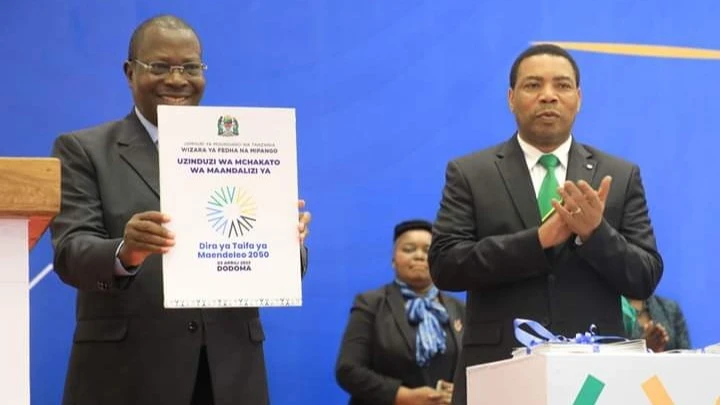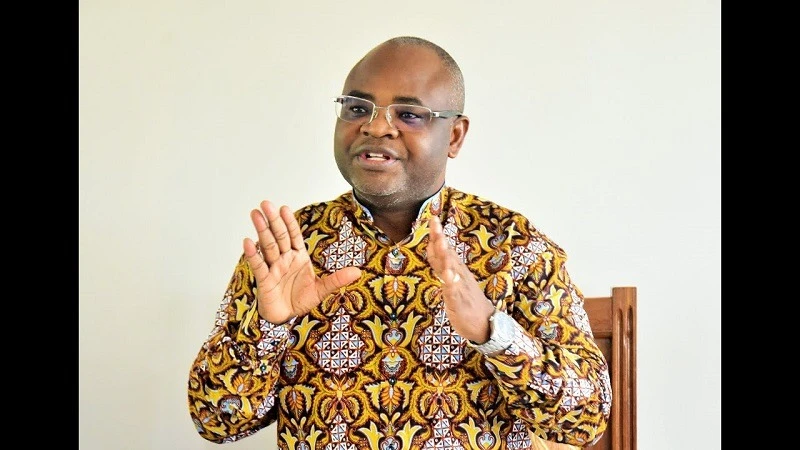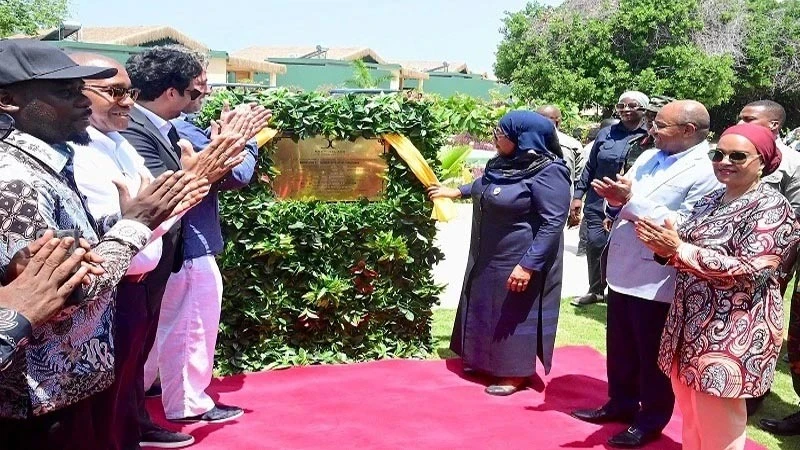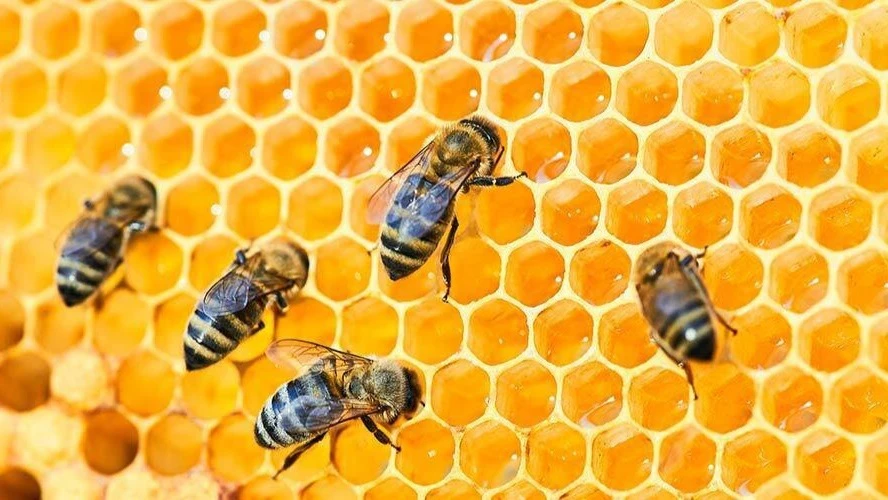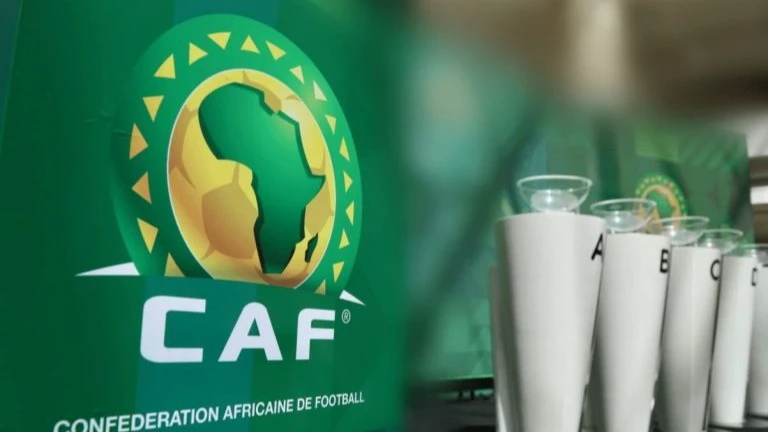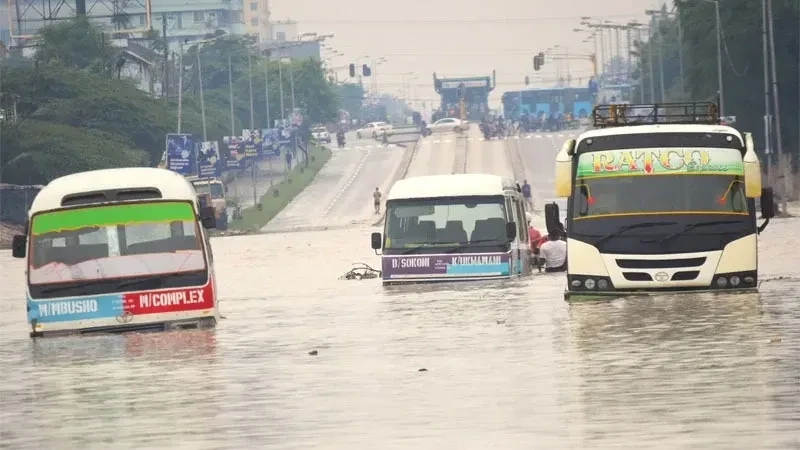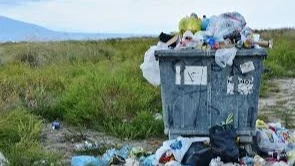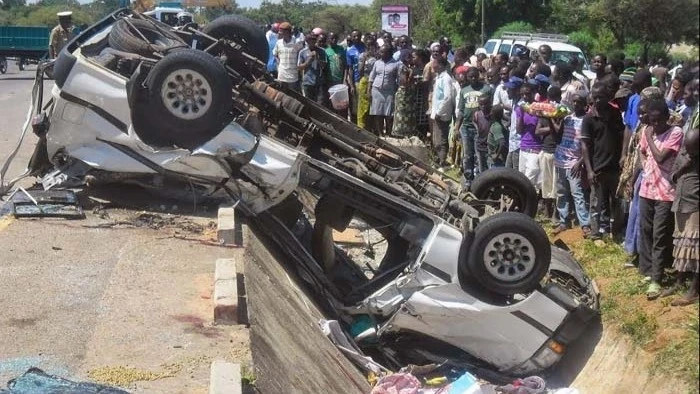Researching on other crops applicable for most regions
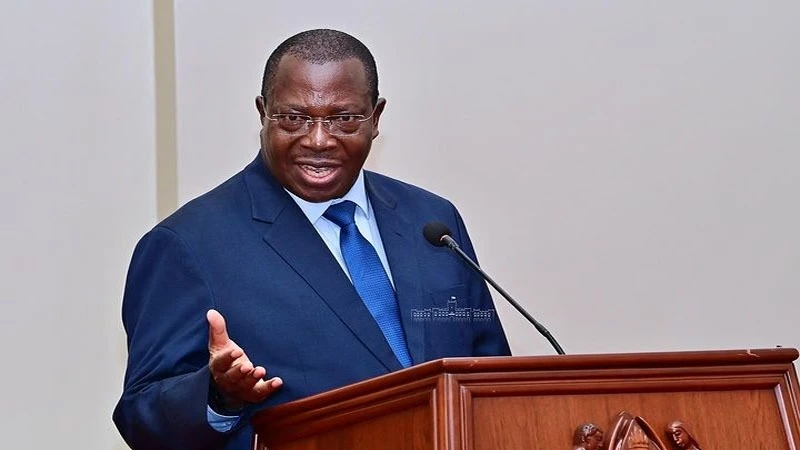
REGIONAL tours often help top national leaders to find out what is needed in a specific area and initiate action in that direction in ways that would not be available for members of Parliament or regional administrators.
These cadres have to make their feelings known to the relevant ministry, and then expect that the ministry may add such item for a ‘to do’ schedule of work, often pushed to the following year. If it wouldn’t have been forgotten.
This situation shows why the working visit by Vice President Dr Philip Mpango in Dodoma Region can help bring about change much sooner if this directives when touring Kongwa District are effected rapidly enough.
The VP directed research institutions, with the Tanzania Agricultural Research Institute (TARI) most notably, to make an effort to find out what new crops can thrive in the region.
The key idea was that the land there has the potential for producing a variety of crops, which the specific institutions may be aware.
Those with limited familiarity with crop specialisations in regions know that the region or the central plateau as a whole was famous for groundnuts for decades, and in the 1970s or thereabouts grapes were added.
There are other crops that are likely to be stapled in the area and in the cooler hinterland to the north, especially wheat and barley, whereas their cousin, sorghum, is cited for drier areas like the central regions.
Yet there are wider preoccupations in that sphere, noticed in the VP’s itinerary for the week-long visitation.
The VP laid a foundation stone for a smart grain management centre, which has the dual task of controlling the spread of fungal toxins, an improvement that is likely to make it easier for maize grown in the area to find the best markets.
This sort of facility is needed in most maize growing areas as it is a local staple, and is especially susceptible to fungal attack, in which case this isn’t just a Kongwa District initiative but a nationwide demand.
Lack of access to good markets or periodic disturbances at border posts owing to routine suspicions that local maize has vast potential for fungal poisoning would be diminished.
Agricultural extension activities to ensure the regular availability of quality and affordable seeds was also at issue in the tour, with a vow by regulatory authorities to remove fake seeds by inspecting points of sale and quality of seed production.
There was also the case of flour milling factory, to be dotted with a machine for adding nutrients to grain, hence addressing challenges of receiving mixed nutrients from abroad.
This method is likely to be lined up to replace the push for genetic modification, improving seeds by protein addition, which activists oppose, heightening dependency on imported commercial seeds.
When maize has no more fungal drawbacks and grain is nutritionally improved overall, the last item on the visit would be an imprint to success, namely the need to build dams to trap rain water and use it for irrigation farming.
The VP underlined this need for the Mtanana community in Kongwa District, but it is hard to figure out what other districts do not actually have that problem.
Instead of a signal to the National Irrigation Commission what communities need a dam to start all round planting with irrigation, it is easier to ask the National Planning Commission to sit with PO-RALG and map out arrangements for an agency to be set up, or local companies tendered, to do the job for most wards and villages.
Top Headlines
© 2025 IPPMEDIA.COM. ALL RIGHTS RESERVED






